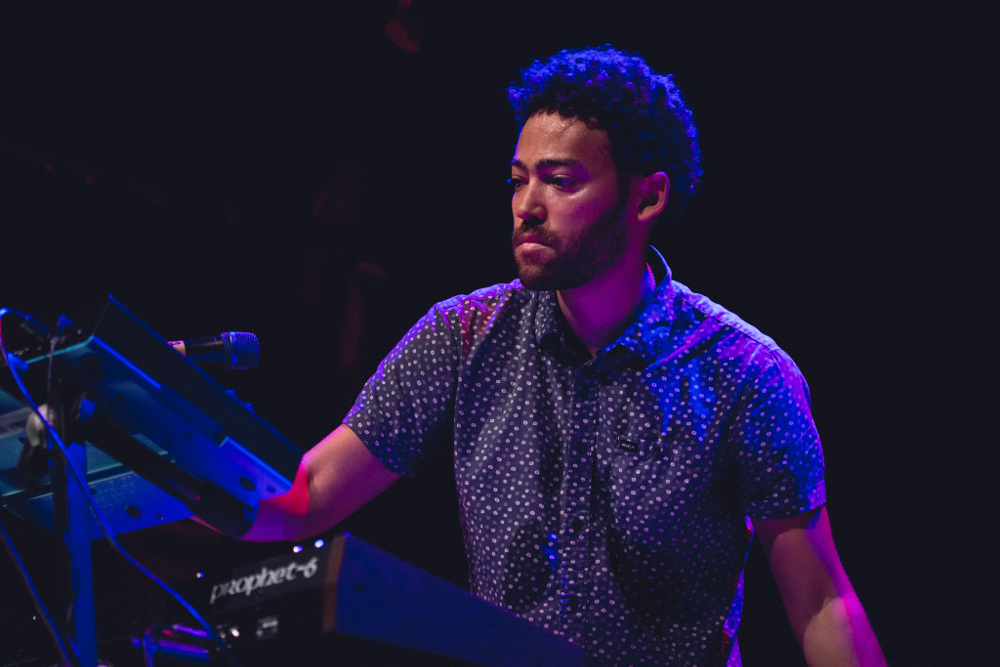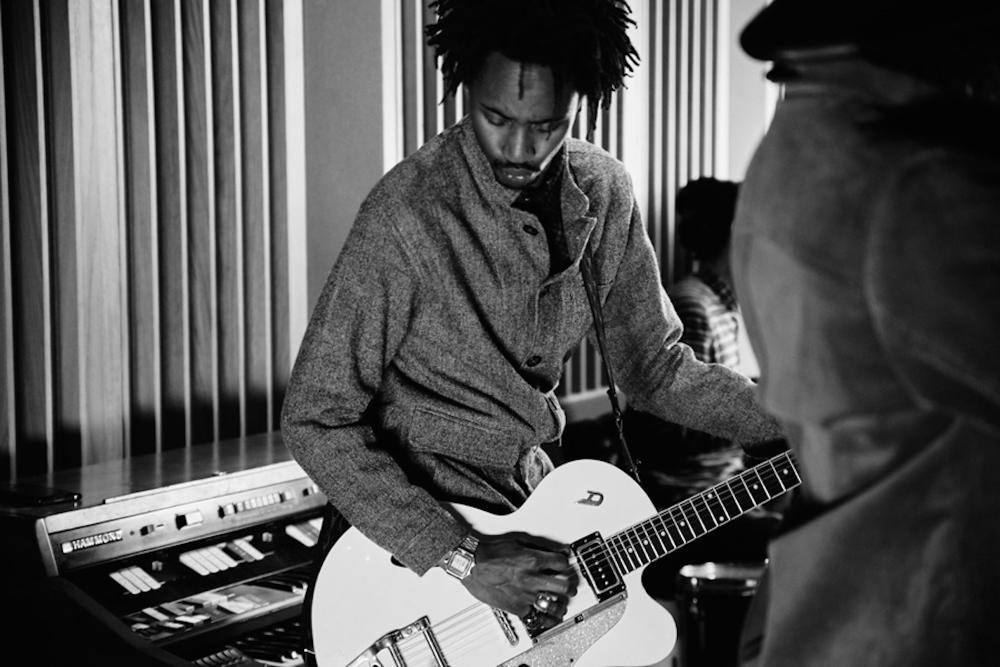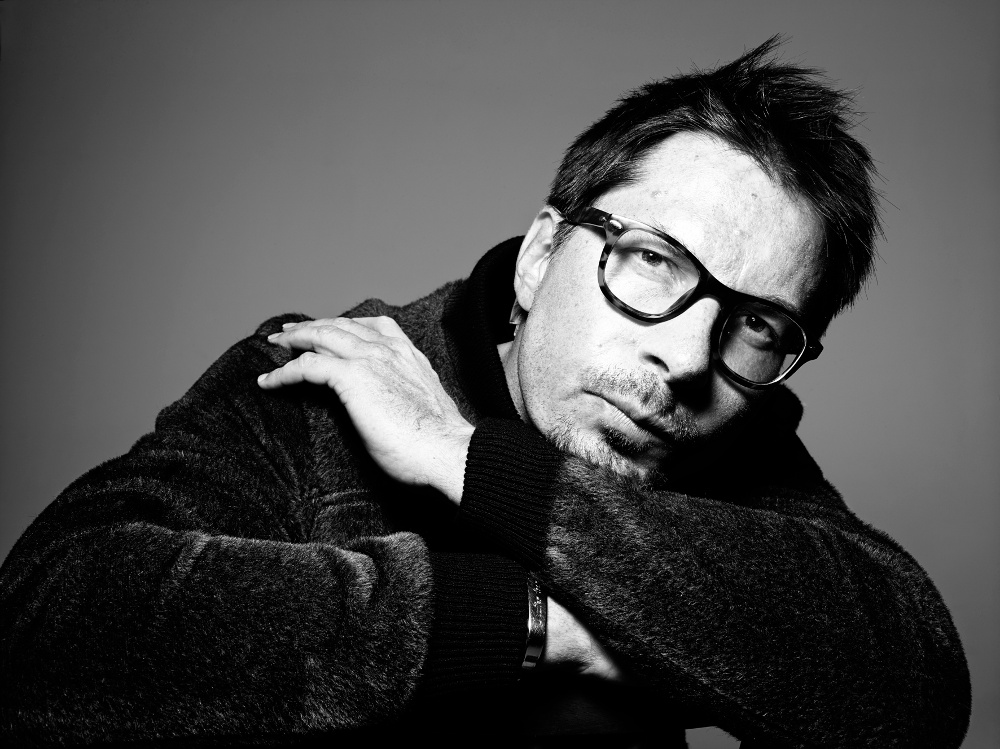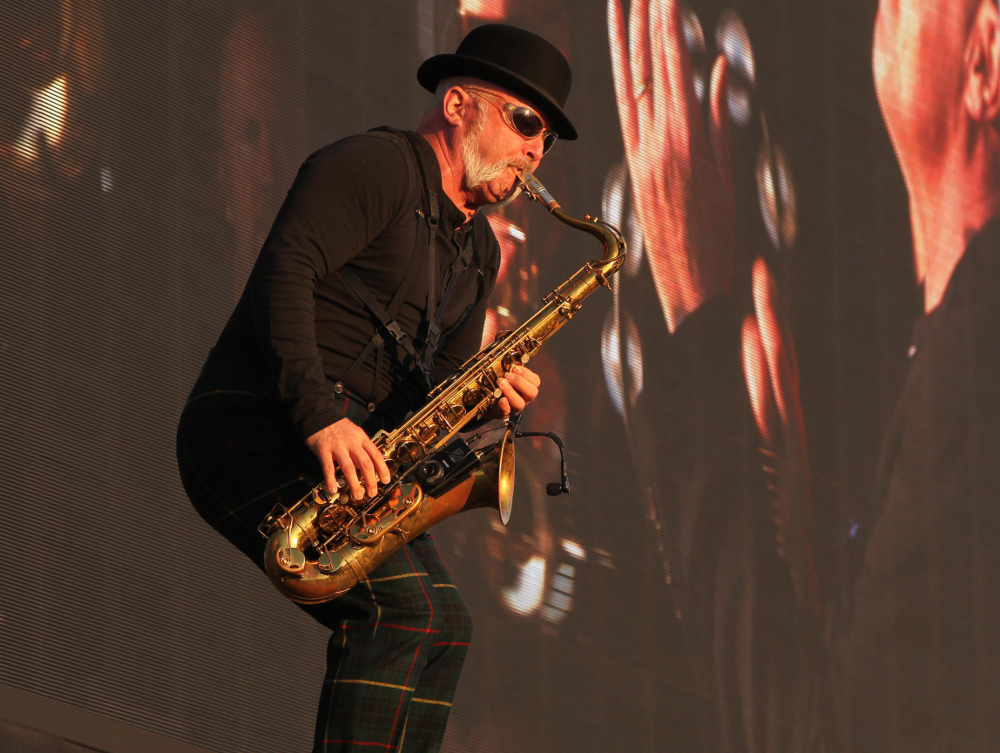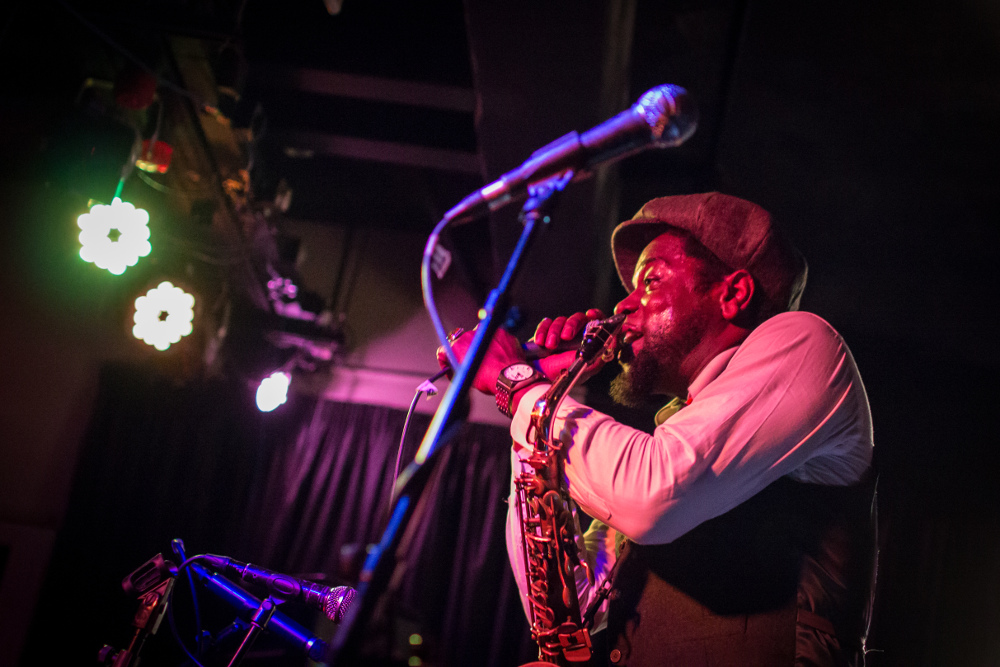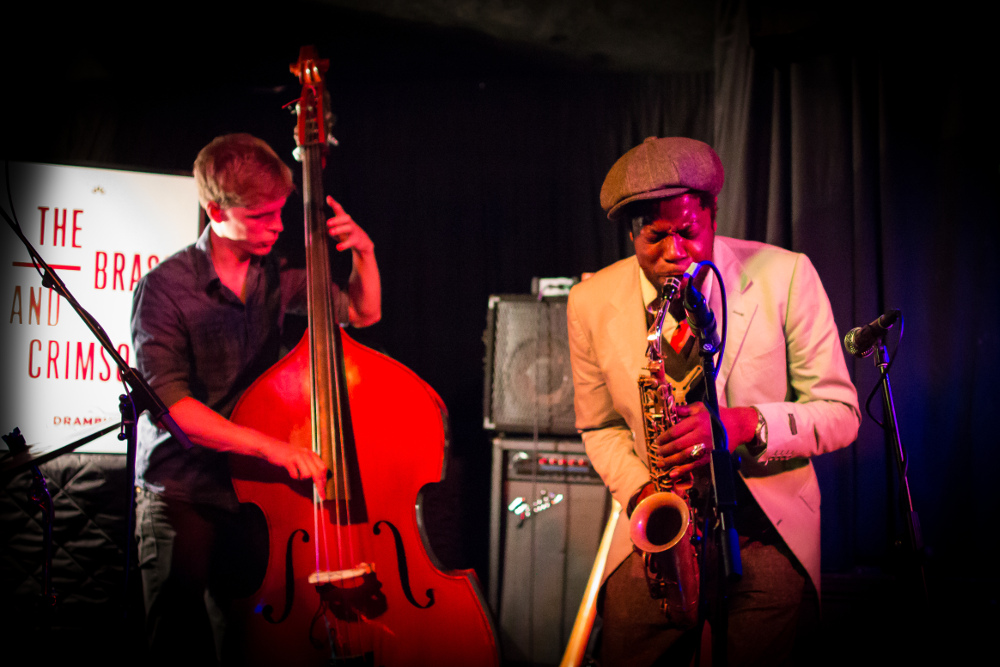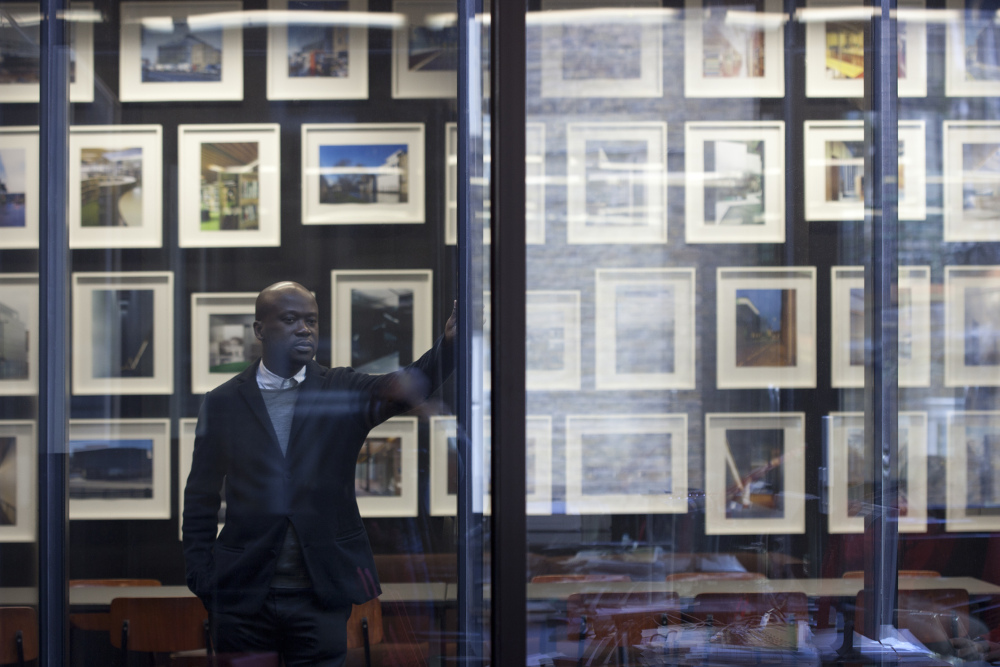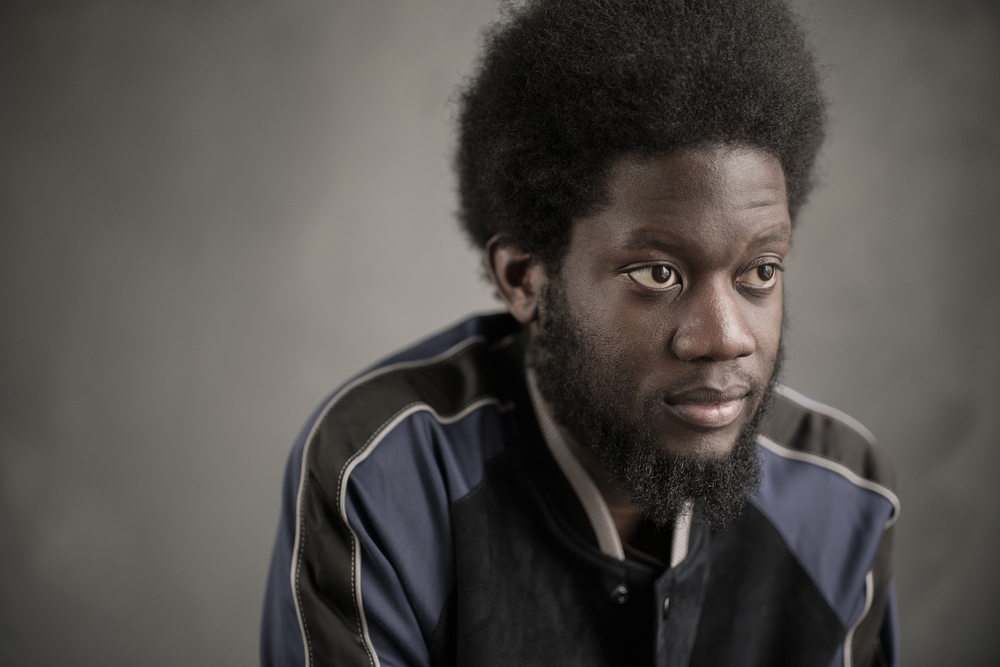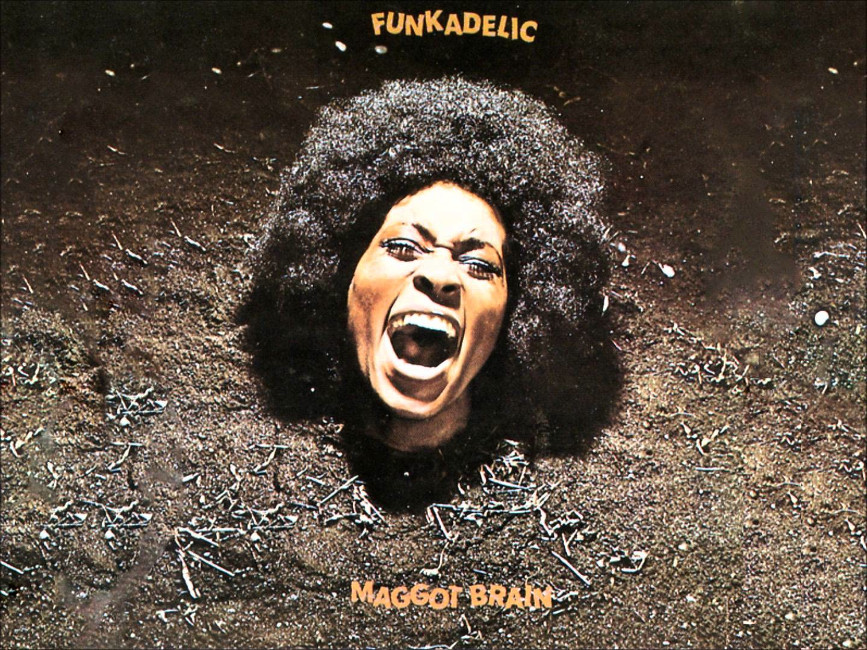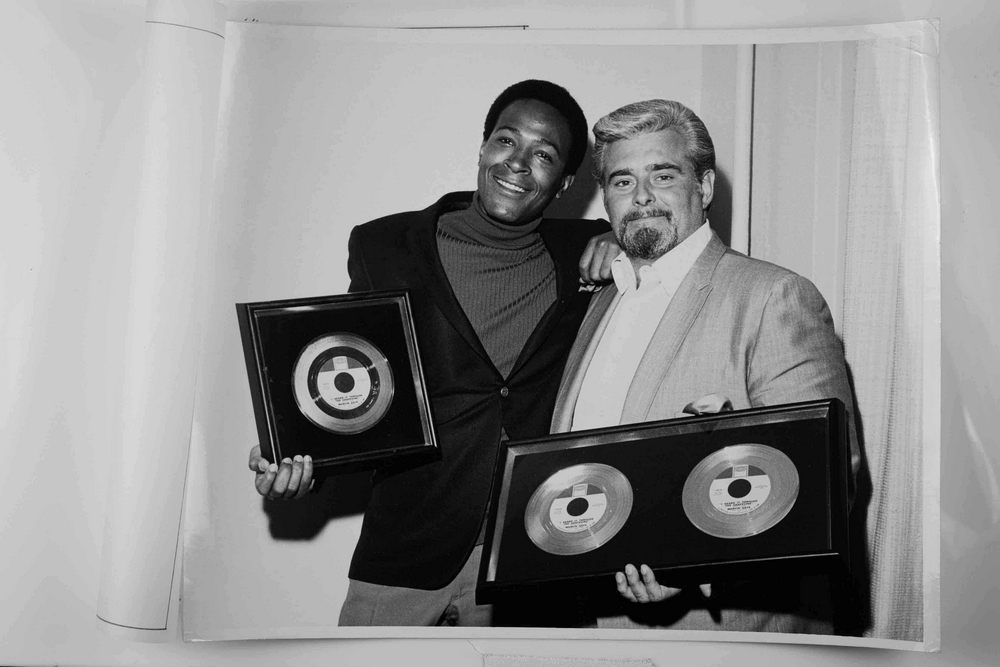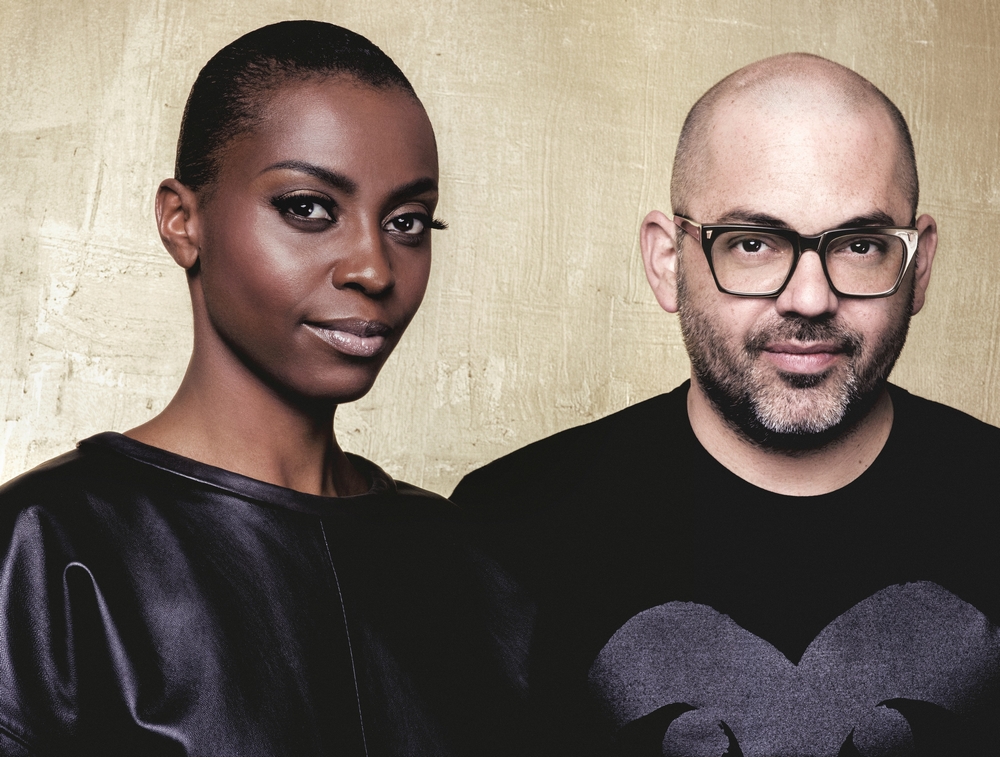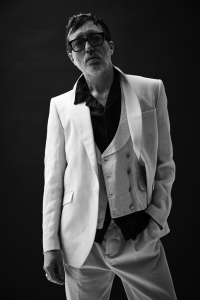
Around the release of Age of Treason, John-Paul Pryor, frontman of The Sirens of Titan, writes on a life spent listening to Bob Dylan’s Bringing it all Back Home.
I’m a music junkie, and have been as long as I can remember. There are so many albums I return to again and again, and again, chasing the initial high I felt upon first listen. And while my sonic tastes could be said to span a pretty broad church, or cult, most of them probably fall into the ‘classic’ vein, spanning everything from the likes of Maggot Brainby Funkadelic to Beggars Banquet by The Stones and Music Has The Right to Children by Boards of Canada, with everything you can possibly imagine in-between. So, in terms of choosing one album to talk about, it’s been near impossible. After much deliberation it came down to the Velvet Underground’s Loaded and Dylan’s Bringing It All Back Home, and, in the end, I have chosen to talk about the latter, because I think it has genuinely soundtracked so much of my life, and meant so many different things to me at different times.
I can distinctly recall the very first moment I became aware of Bob Dylan. I was about seven years old, and one of our neighbours was getting married and moving from our sleepy North London suburb to the incredibly exotic sounding United States. Although I can’t recall the reason he deigned to gift me his collection of vinyl records and cassette tapes, or indeed even his name, the offering proved to be an eclectic sonic treasure trove, with the likes of Bowie (Aladdin Sane, equally formative, but another story), to Suicidal Tendencies and Thin Lizzy among its riches. Nestled deep within this haul of sonic swag were three classic Dylan offerings, Slow Train Coming, Live At Budokan and, of course, Bringing It All Back Home.
To say that this act of kindness changed my life would be an understatement. I was utterly mesmerised by rock’n’roll from the get-go. My journey into Dylan began distinctly with “Gotta Serve Somebody” from Slow Train Coming – the very first track by the troubadour I ever played in my suburban bedroom – but it was, and has always been, Bringing It All Back Home that immersed itself deep into my psyche. Listening to the album at a very young age was very much like watching an animated cartoon in my head – all of these fascinatingly jumbled up words tumbling into my brain via a rasping drawl and the infectious rhythm of its opener, “Subterranean Homesick Blues”. I also recall being taken with the album’s cover, and would spend hours imagining what the lives of the two bohemians caught in its fish-eye lens might actually be like – chilling with magazines, cigarettes and a fiercely beautiful woman in a red dress struck me as the perfect way to live.
By the time I was twelve years old, I was ferociously attempting to play “It’s Alright Ma, I’m Only Bleeding” on a small acoustic guitar, which my parents had brought me for Christmas (I still write with it now). Imagine their surprise to hear their young child’s voice singing, “From toy guns that spark, to flesh-coloured Christ’s that glow in the dark, it’s easy to see without looking too far that not much is really sacred …” I didn’t understand the profound nature of the writing, of course, but I truly loved the song, and, in his way, Dylan was beginning to shape my consciousness. That view of the world, with a strange sort of mysticism, has stuck. His music was leading me to a deeper reality, fuelling my reverie.
Fast-forward some years to studying in Cheltenham. It was at this point that the depths of the album were being revealed to me so much further. I was studying English and Philosophy, and it’s fair to say I had simultaneously discovered various somewhat chemical habits, so mine was a head full of dreams (and nightmares). At that time, my mother was ill with the cancer that would soon enough see her slip this mortal coil, and Dylan’s words were becoming ever more entrenched in me, speaking to the tristesse and despondency I was carrying inside.
I have a crystal clear memory of sitting in a park in the regency town early one rainy morning, having been up for days (this was, after all, the early 90s – the ecstasy drug culture was in full swing), and, as I came down hard, struggling with my perception of the real, I listened to the “The Gates of Eden” on a pair of battered headphones. Dylan’s words floated into my brain like the light and gentle rain that was soaking through my clothes: “The kingdoms of experience, in a precious winds they rot / While paupers change possessions / Each one wishing for what the other has got / And the princess and the prince discuss what’s real and what is not / It doesn’t matter inside the Gates of Eden …” Although I knew the song backwards, somehow it was a wholly new experience to me once more, and it hit me like a freight train. It opened floodgates of emotion inside of me, and, while it sounds somewhat dark, the experience was immensely healing. I wept like a baby.
But, of course, Bringing It All Back Home is not an album solely of thoughtful reflection, it is also a record that contains an absurd and celebratory hedonism at its heart, and, to this day, “Bob Dylan’s 115th Dream” can still put me in the mood to say fuck it all, up sticks, burn a credit card and take off for a new horizon, for better or worse. For those who are not initiated in its singular brilliance, the song documents a wildly surreal trip that says something to me about being solely devoted to the energy of the moment, and ricocheting through life, quite literally, like a rolling stone: “I decided to flip a coin / Like either heads or tails / Would let me know, if I should go / Back to ship or back to jail / So I, hocked my sailor suit / And I got a coin to flip / It came up tails, it rhymed with sails / So I made it back to the ship…”It’s also a wry comment on the foundation of America – a country I love, despite all of its evangelism and gun-toting right-wing kooks.
There is so much more on the record than I can possibly get into here, but I hope I have given at least a glimmer of how much it has meant to me over the years. If I can say anything overall about Bringing it All Back Home, it’s that it made me fall in love with the outlaw archetype, because Dylan is, to me, the very epitome of an outlaw, and has obviously loved them all of his life. “I got my dark sunglasses / I’m carrying for good luck, my black tooth / Don’t ask me nothin’ about nothin’ / I just might tell you the truth,” he sings on the driving splendour of “Outlaw Blues”, which namechecks both Jesse James and his killer Robert Ford, encapsulating, as ever in his work, yin and yang, light and darkness. In short, I absolutely love Bringing It All Back Home and I always shall, perhaps in large part because this society will always need its outlaws – more often than not, it is the outsider who can show us the way to salvation.

